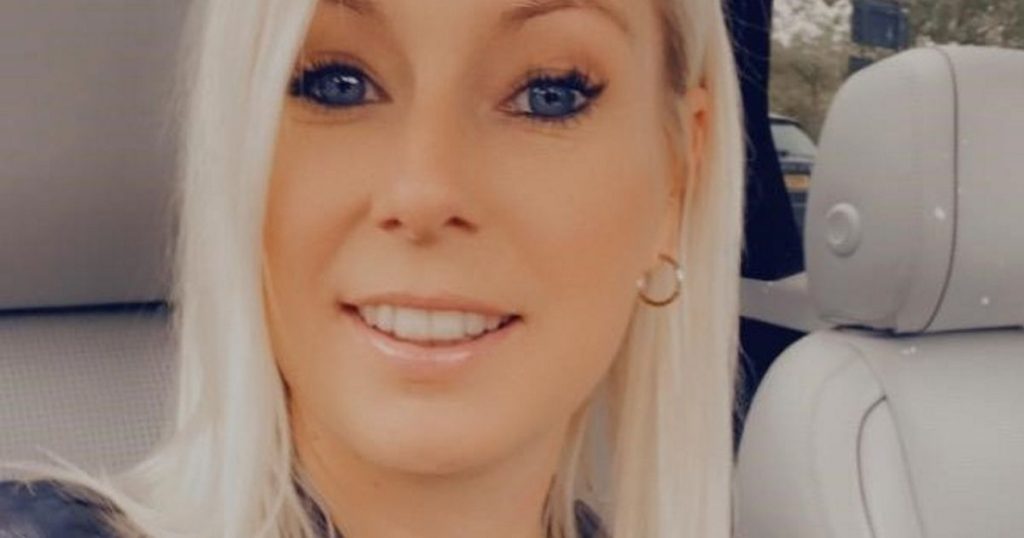Kirsty Connell, a 39-year-old mother of three, experienced frequent feelings of deja vu and terrible headaches, prompting her to visit her doctor. Following an MRI scan, she was diagnosed with a grade 2 oligodendroglioma, a low-grade brain tumor. Kirsty underwent a craniotomy while awake to remove a section of bone, and is now being monitored with three-monthly scans under a ‘watch and wait’ protocol. Kirsty recalled experiencing out-of-body sensations where she felt as if she was in different places while having conversations or doing everyday tasks like driving or cooking. These episodes became more frequent and intense over time, leading her to seek medical help.
After her diagnosis in October 2021, Kirsty underwent a craniotomy in November of the same year. Despite her initial reluctance to undergo surgery while awake, Kirsty felt fortunate that the surgeons were able to remove every visible trace of the tumor. She is grateful for the care she received and acknowledges that her outcome could have been different. As a teacher, Kirsty is an advocate for Brain Tumour Research and participated in a fundraiser at her school where pupils and teachers wore hats to raise awareness and funds for brain tumor research. The event, known as Wear A Hat Day, has raised over £2 million since its launch in 2010 and will officially take place on March 28, 2024, with Kirsty’s school holding the event on March 27, 2024.
Charlie Allsebrook, the community development manager for Brain Tumour Research, highlighted the importance of raising awareness about brain tumors, which affect one in three people in various demographics. Brain tumors claim more lives than other common cancers such as breast cancer, prostate cancer, and leukemia. More specifically, brain tumors are responsible for more deaths in women under 35, men under 70, and children than these other types of cancer. Kirsty’s story serves as a reminder of the significance of early detection, treatment, and ongoing research to find a cure for brain tumors. The Wear A Hat Day event aims to support this cause by encouraging people to wear hats, organize hat-themed events, and make donations in support of research efforts.
To participate in Wear A Hat Day, individuals can register on the charity’s website and celebrate the event on any day in March. The fundraiser, which raises funds for brain tumor research, supports ongoing efforts to find a cure and improve outcomes for patients like Kirsty. By wearing hats, holding hat-themed events, and making contributions, individuals can show their support and make a difference in the lives of those affected by brain tumors. Kirsty’s advocacy and involvement in the fundraiser at her school are examples of how individuals can come together to raise awareness, support research, and ultimately help find a cure for brain tumors. The collective efforts of communities, schools, and organizations can make a significant impact in the fight against brain cancer and other related conditions.


